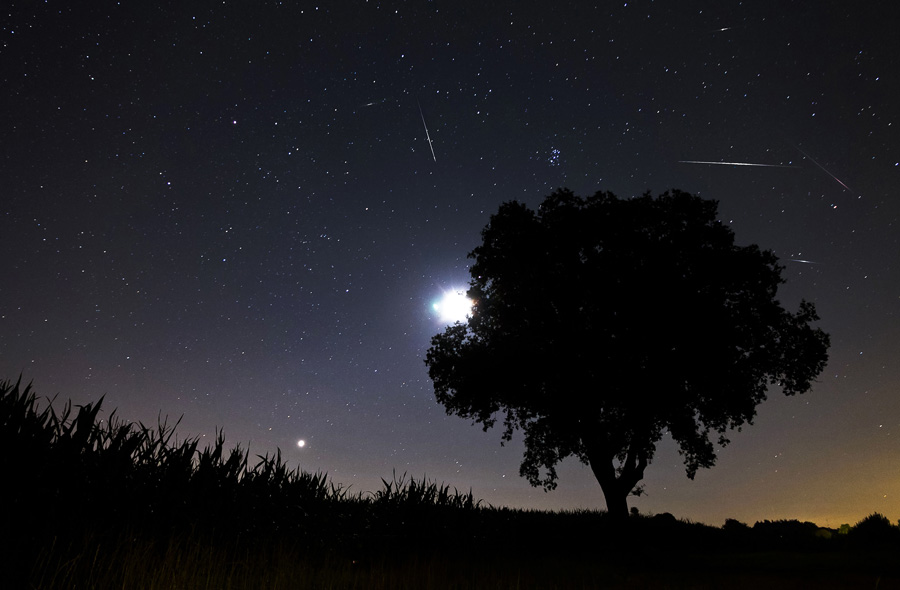



After plenty of pre-shower fanfare about Perseid 2016, the main event is about to begin. With the cosmic event occurring between August 11 and 14, many experts predict the biggest spectacle between the evening of August 12 and the morning hours of August 13: Read Active Junky’s run-up.

Unlike other astronomical phenomena like eclipses, there’s no single, optimal location for viewing the Perseid meteor shower. The Northern Hemisphere gets the best view, while northern latitudes in the Southern Hemisphere may witness a sleep deprivation-worthy display.
Make certain you have an unobstructed view of the northeastern sky – and hope for clear skies. Meteors originate from the relative direction of the Perseus constellation below w-shaped Cassiopeia. Don’t worry if you can’t find Perseus as, unless you’re facing due south, it will find you.

Light pollution from buildings, streetlights and vehicles seriously affects the number of meteors you’ll see. The farther you can leave the hum of artificial glow behind you, the more intense the spectacle that awaits.
Moonlight also affects visibility. Fortunately, the waxing moon will set between 1am and 2am local time across North America August 13, leaving up to five solid meteor-watching hours before sunrise.
Weather is the wild card. Clouds will limit your view, and inclement weather certainly dampens the mood. Keep an eye on local weather reports. If you need to leave home to escape city lights, look for a location where clearer skies are expected.

Whether you’re camping and making a night or stepping on to the deck in your jammies for a few minutes, be comfortable and safe. Grab a hoodie, bug repellent, suitable beverages and snacks. Sit down or stand still and let the universe do the talking.